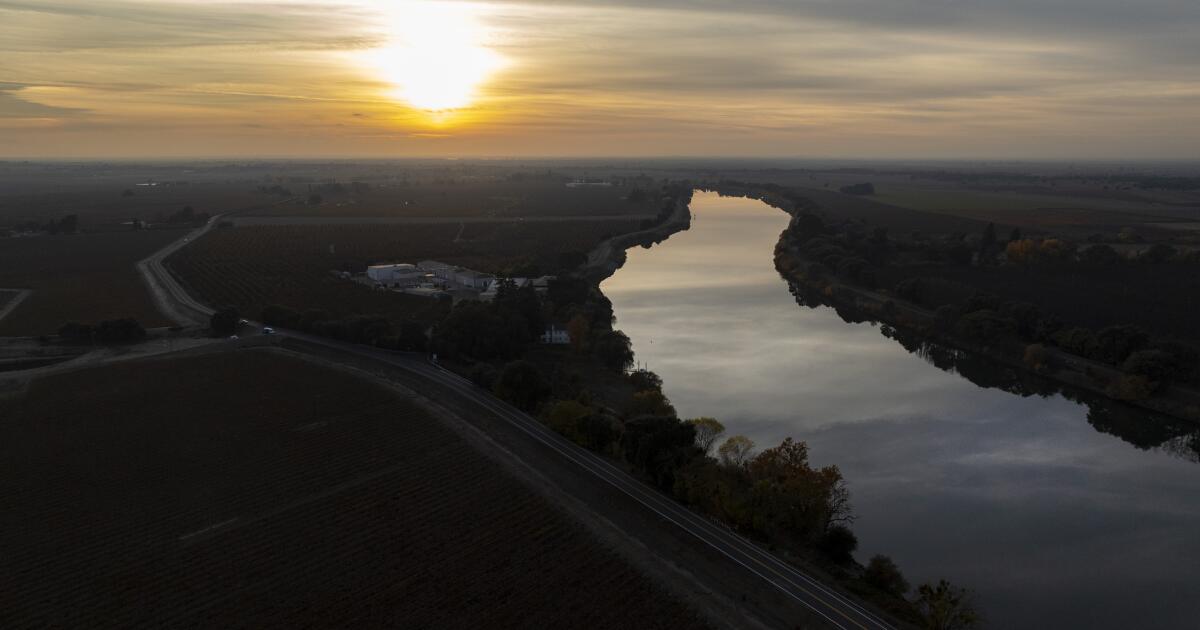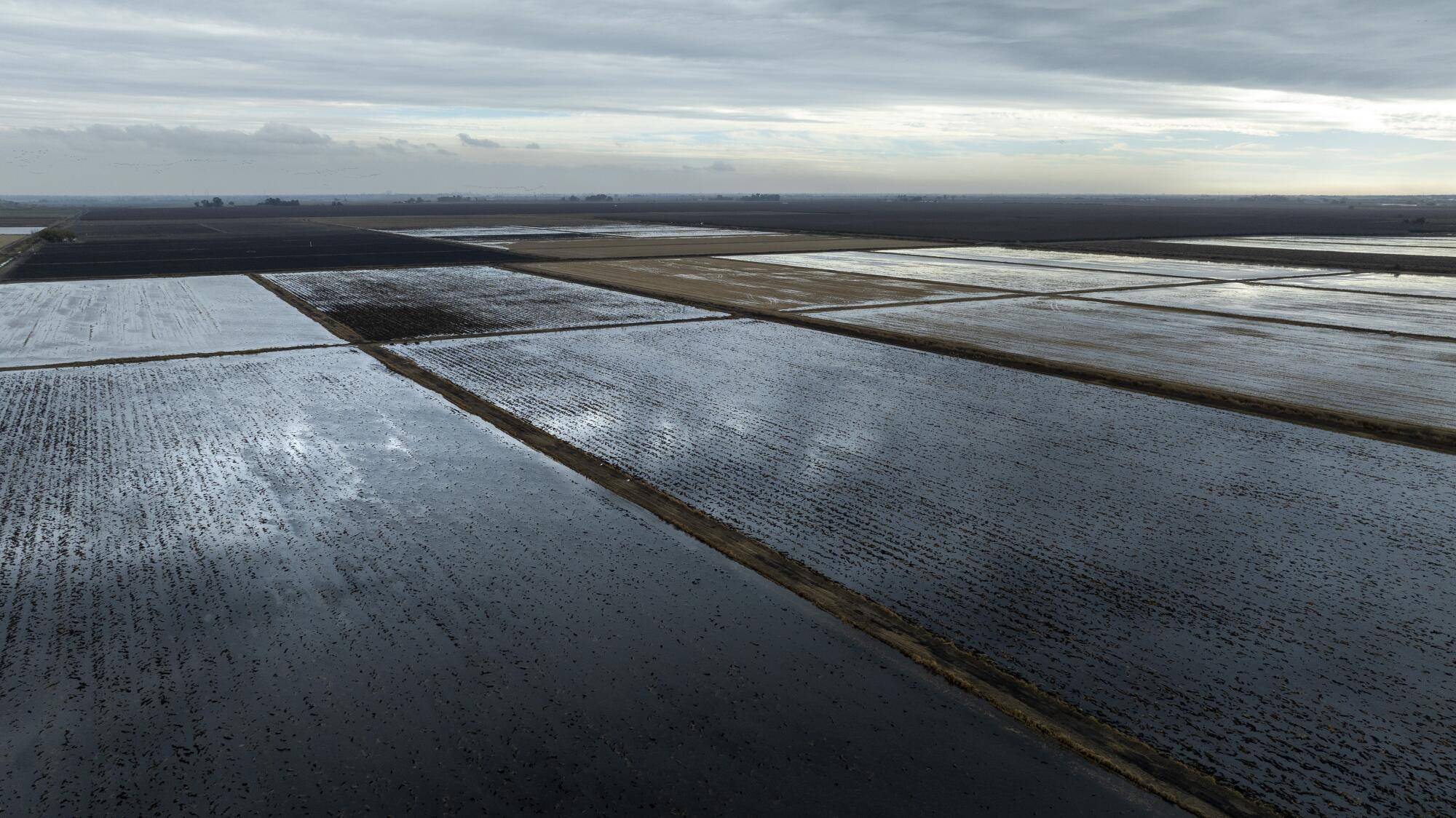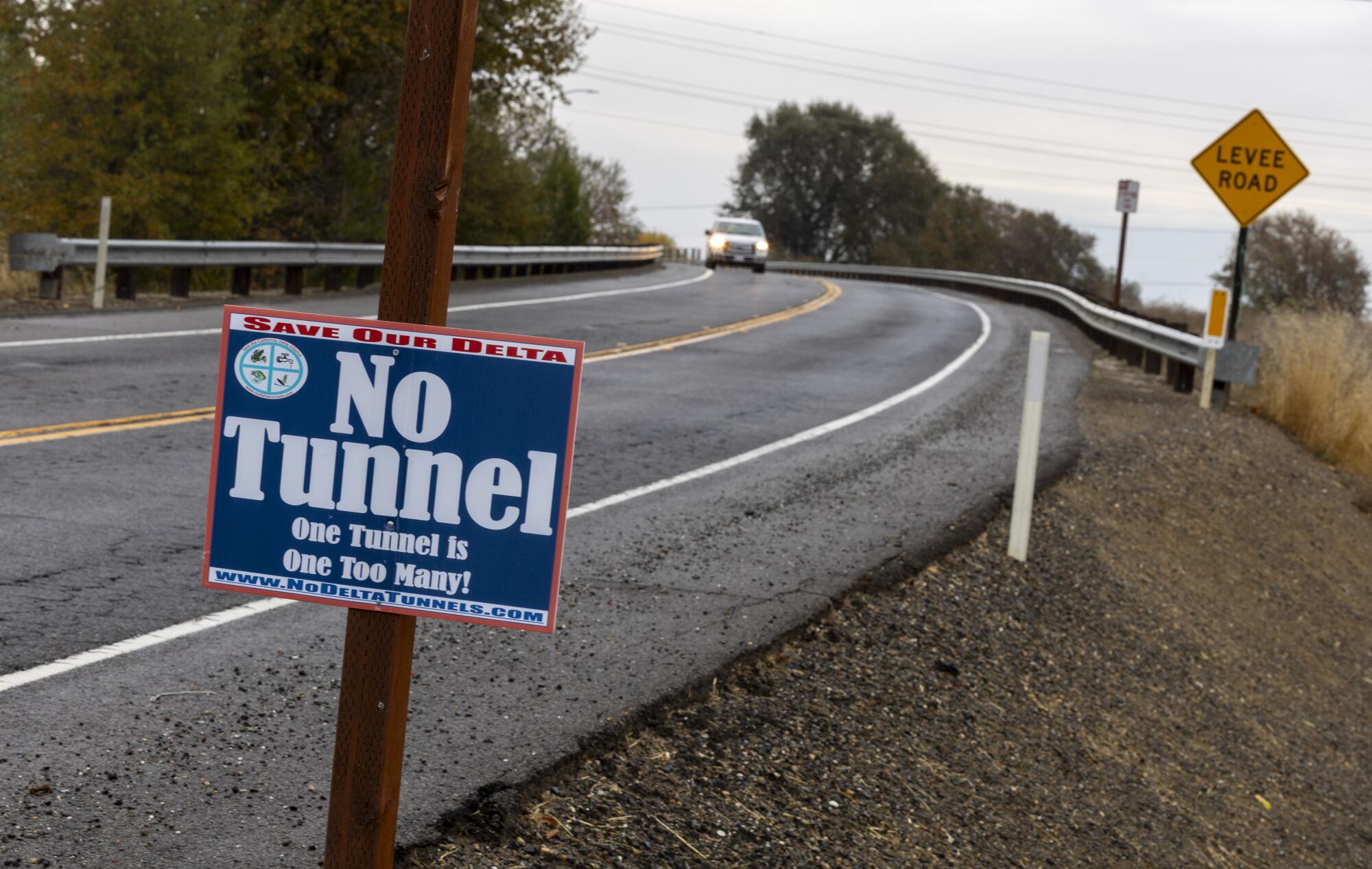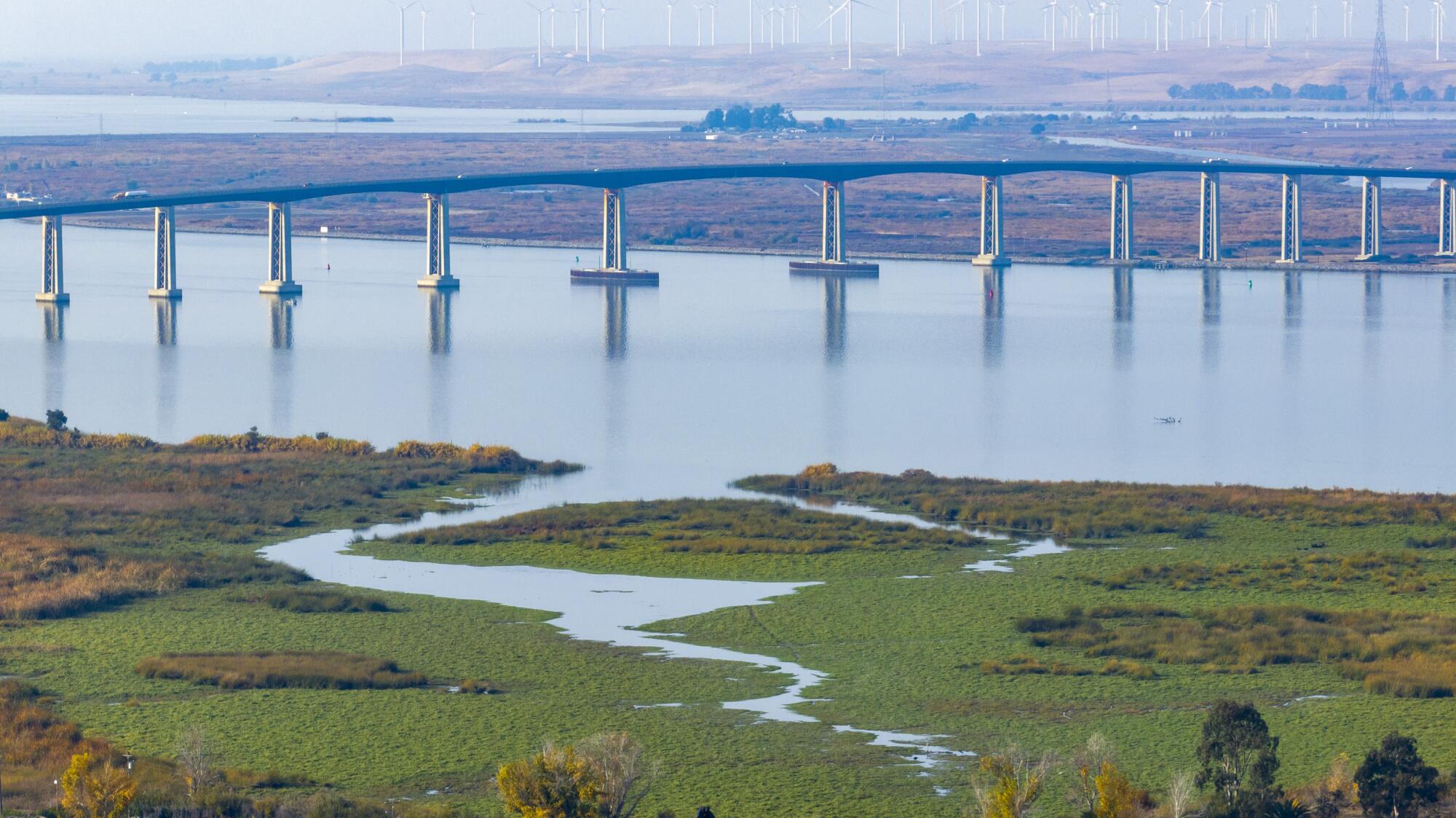Politics
Supreme Court Won’t Hold Tech Companies Liable for User Posts

The Supreme Court handed twin victories to technology platforms on Thursday by declining in two cases to hold them liable for content posted by their users.
In a case involving Google, the court for now rejected efforts to limit the sweep of the law that frees the platforms from liability for user content, Section 230 of the Communications Decency Act.
In a separate case involving Twitter, the court ruled unanimously that another law allowing suits for aiding terrorism did not apply to the ordinary activities of social media companies.
The rulings did not definitively resolve the question of what responsibility platforms should have for the content posted on and recommended by their sites, an issue that has grown increasingly pressing as social media has become ubiquitous in modern life. But the decision by the court to pass for now on clarifying the breadth of Section 230, which dates to 1996, was cheered by the technology industry, which has long portrayed the law as integral to the development of the internet.
“Companies, scholars, content creators and civil society organizations who joined with us in this case will be reassured by this result,” Halimah DeLaine Prado, Google’s general counsel, said in a statement.
The Twitter case concerned Nawras Alassaf, who was killed in a terrorist attack at the Reina nightclub in Istanbul in 2017 for which the Islamic State claimed responsibility. His family sued Twitter, Google and Facebook, saying they had allowed ISIS to use their platforms to recruit and train terrorists.
Justice Clarence Thomas, writing for the court, said the “plaintiffs’ allegations are insufficient to establish that these defendants aided and abetted ISIS in carrying out the relevant attack.”
He wrote that the defendants transmitted staggering amounts of content. “It appears that for every minute of the day, approximately 500 hours of video are uploaded to YouTube, 510,000 comments are posted on Facebook, and 347,000 tweets are sent on Twitter,” Justice Thomas wrote.
And he acknowledged that the platforms use algorithms to steer users toward content that interests them.
“So, for example,” Justice Thomas wrote, “a person who watches cooking shows on YouTube is more likely to see cooking-based videos and advertisements for cookbooks, whereas someone who likes to watch professorial lectures might see collegiate debates and advertisements for TED Talks.
“But,” he added, “not all of the content on defendants’ platforms is so benign.” In particular, “ISIS uploaded videos that fund-raised for weapons of terror and that showed brutal executions of soldiers and civilians alike.”
The platforms’ failure to remove such content, Justice Thomas wrote, was not enough to establish liability for aiding and abetting, which he said required plausible allegations that they “gave such knowing and substantial assistance to ISIS that they culpably participated in the Reina attack.”
The plaintiffs had not cleared that bar, Justice Thomas wrote. “Plaintiffs’ claims fall far short of plausibly alleging that defendants aided and abetted the Reina attack,” he wrote.
The platforms’ algorithms did not change the analysis, he wrote.
“The algorithms appear agnostic as to the nature of the content, matching any content (including ISIS’ content) with any user who is more likely to view that content,” Justice Thomas wrote. “The fact that these algorithms matched some ISIS content with some users thus does not convert defendants’ passive assistance into active abetting.”
A contrary ruling, he added, would expose the platforms to potential liability for “each and every ISIS terrorist act committed anywhere in the world.”
The court’s decision in the case, Twitter v. Taamneh, No. 21-1496, allowed the justices to avoid ruling on the scope of Section 230, a law intended to nurture what was then a nascent creation called the internet.
Section 230 was a reaction to a decision holding an online message board liable for what a user had posted because the service had engaged in some content moderation. The provision said, “No provider or user of an interactive computer service shall be treated as the publisher or speaker of any information provided by another information content provider.”
Section 230 helped enable the rise of huge social networks like Facebook and Twitter by ensuring that the sites did not assume legal liability with every new tweet, status update and comment. Limiting the sweep of the law could expose the platforms to lawsuits claiming they had steered people to posts and videos that promoted extremism, urged violence, harmed reputations and caused emotional distress.
The case against Google was brought by the family of Nohemi Gonzalez, a 23-year-old college student who was killed in a restaurant in Paris during terrorist attacks there in November 2015, which also targeted the Bataclan concert hall. The family’s lawyers argued that YouTube, a subsidiary of Google, had used algorithms to push Islamic State videos to interested viewers.
In a brief, unsigned opinion in the case, Gonzalez v. Google, No. 21-1333, the court said it would not “address the application of Section 230 to a complaint that appears to state little, if any, plausible claim for relief.” The court instead returned the case to the appeals court “in light of our decision in Twitter.”
It is unclear what the ruling will mean for legislative efforts to eliminate or modify the legal shield.
A growing group of bipartisan lawmakers, academics and activists have grown skeptical of Section 230 and say that it has shielded giant tech companies from consequences for disinformation, discrimination and violent content across their platforms.
In recent years, they have advanced a new argument: that the platforms forfeit their protections when their algorithms recommend content, target ads or introduce new connections to their users. These recommendation engines are pervasive, powering features like YouTube’s autoplay function and Instagram’s suggestions of accounts to follow. Judges have mostly rejected this reasoning.
Members of Congress have also called for changes to the law. But political realities have largely stopped those proposals from gaining traction. Republicans, angered by tech companies that remove posts by conservative politicians and publishers, want the platforms to take down less content. Democrats want the platforms to remove more, like false information about Covid-19.
Critics of Section 230 had mixed responses to the court’s decision, or lack of one, in the Gonzalez case.
Senator Marsha Blackburn, a Tennessee Republican who has criticized major tech platforms, said on Twitter that Congress needed to step in to reform the law because the companies “turn a blind eye” to harmful activities online.
Hany Farid, a computer science professor at the University of California, Berkeley, who signed a brief supporting the Gonzalez family’s case, said that he was heartened that the court had not offered a full-throated defense of the Section 230 liability shield.
He added that he thought “the door is still open for a better case with better facts” to challenge the tech platforms’ immunity.
Tech companies and their allies have warned that any alterations to Section 230 would cause the online platforms to take down far more content to avoid any potential legal liability.
Jess Miers, legal advocacy counsel for Chamber of Progress, a lobbying group that represents tech firms including Google and Meta, the parent company of Facebook and Instagram, said in a statement that arguments in the case made clear that “changing Section 230’s interpretation would create more issues than it would solve.”
David McCabe contributed reporting.

Politics
Alaska lawmakers end their session with late bills passing on energy, education

Alaska lawmakers ended their four-month session early Thursday with a flurry of last-minute bills addressing priority issues such as energy and correspondence school programs that are a focus of ongoing litigation.
Bickering over the budget was muted compared with prior years, and Republican Gov. Mike Dunleavy and legislative leaders claimed successes in a session that was not without drama, marked by twofailed attempts to override Dunleavy vetoes of additional public school funding.
ALASKA LAWMAKERS FAIL TO OVERRIDE OF GOV. DUNLEAVY’S VETO OF EDUCATION PACKAGE
EDUCATION
Education was billed as a top priority, and lawmakers in the bipartisan-led Senate and Republican-led House overwhelmingly passed a compromise package that included a permanent $175 million increase in aid to districts through a school funding formula. But Dunleavy, who had sought charter school provisions and a three-year teacher bonus experiment that divided lawmakers, vetoed the measure.
A veto override attempt failed, along with efforts in the House to cobble together another package. Ultimately, lawmakers settled for pieces including a one-time, $175 million boost to the foundation formula in the budget and additional funding intended to help K-3 students with reading.
Last year, Dunleavy vetoed half of a one-time, $175 million boost to schools but has signaled willingness to support the increase in the just-passed budget.
Sen. Löki Tobin, a Democrat who chairs the Senate Education Committee, said work remained to address issues facing public schools, which “are still going to be struggling” because the funding approved is inadequate. School officials and education advocates had pushed for a roughly $360 million permanent increase in funding.
Tom Klaameyer, president of NEA-Alaska, a teachers’ union, said the Legislature’s failure to reinstate a pension offering for public employees also was disheartening. A pension bill narrowly passed the Senate but stalled in the House. Senate leaders said work would continue around retirement issues.
Late in session, lawmakers pivoted to correspondence schools, which allow for students to be homeschooled under the authority of school districts. That focus came after a judge found that laws around correspondence school allotments “were drafted with the express purpose of allowing purchases of private educational services with the public correspondence student allotments.” Under the state constitution, public funds cannot be paid “for the direct benefit of any religious or other private educational institution.”
Lawmakers passed a bill with provisions aimed at providing stability for correspondence students while the litigation plays out.
“The idea was to be able to give some peace and calm to the people out there, the 22,000 students, who weren’t sure what was going to happen,” House Speaker Cathy Tilton, a Republican, told reporters early Thursday.
UNDERGROUND CARBON STORAGE
The second of two bills proposed by Dunleavy as a way to capitalize on interest by companies with carbon emission reduction goals passed, allowing the state to establish a system and protocols for underground storage of carbon dioxide, with an eye toward using pore space in aging gas or oil fields, such as Cook Inlet or on the North Slope.
Lawmakers last year passed Dunleavy’s bill allowing the state to set up carbon sequestration projects or to lease state lands to a third party wanting to develop a carbon project. Draft regulations for the offsets program were released in March.
Dunleavy previously pitched the bills as a novel means for Alaska to generate perhaps billions of dollars in new revenue while still embracing fossil fuel production and other resource extraction, such as timber harvests and coal production. But the revenue impact of the proposals remains speculative.
To pay for government, the state relies heavily on oil revenue and earnings from its nest-egg, an oil-wealth fund that has grown through investments. Lawmakers have been reluctant to raise taxes on industries, like oil, and Alaska, with about 737,000 residents, has no statewide sales or personal income taxes.
Rebecca Noblin is the policy justice director with the group Native Movement. In written testimony this month on the underground carbon storage bill, she said the measure “would allow oil and gas companies and coal plants to inject carbon from their operations back into the ground” and will “increase pollution, cost the state money and distract from real solutions to climate change.”
ENERGY
The carbon bill, HB50, also included a provision supporters said could encourage more gas production in Cook Inlet. So-called reserve-based lending would allow for the issuance of loans made against and secured by an oil and gas field, proven reserves or other assets of the borrower. Under the bill, loans could be made by the Alaska Industrial Development and Export Authority, a state corporation, for projects it deems necessary to bolster production.
Residents in Alaska’s most populous region rely on gas from the aging Cook Inlet basin. But gas availability has become a concern and was a focal point this session. In February, Luke Saugier, senior vice president for Hilcorp Alaska, told lawmakers that while the company is “not pulling back” on investments in Cook Inlet and is committed to developing its leases, gas under its lease holdings can’t meet all the region’s gas demand. He said other sources of energy are needed.
Sen. Bill Wielechowski, an Anchorage Democrat, said the lending provision could unlock gas fields and end up being “one of the most important things that we have done this year.”
Dunleavy’s office also applauded passage of a separate measure that it says would streamline tax and tariff policies “to make new and existing electrical generation projects more affordable.”
“That in turn incentivizes independent power producers to move forward on renewable power projects like solar and wind farms along the Railbelt,” his office said in a statement.
DIVIDEND
The size of the annual dividend paid to residents has often been one of the major points of contention, contributing to drawn-out or special sessions. But there was little pushback this year, with lawmakers agreeing to a dividend of roughly $1,360 and an energy relief payment of $295.
Legislative leaders pointed to better communication and a balancing of priorities, including what Republican Rep. DeLena Johnson, a House Finance co-chair, called a “solid” state infrastructure budget.
Politics
Newsom administration unveils new $20-billion cost estimate for delta water tunnel

Gov. Gavin Newsom’s administration announced that the estimated cost of building a tunnel to transport water beneath the Sacramento-San Joaquin River Delta has risen to $20.1 billion.
The estimate is part of a new cost-benefit analysis by the California Department of Water Resources, which concluded that the projected benefits of constructing the water tunnel would far outweigh the costs.
State officials released the analysis Thursday, saying the proposed Delta Conveyance Project is vital to improving the reliability of water supplies in the face of climate change, sea level rise and the risks of an earthquake that could put existing infrastructure out of commission for months.
The state estimates that the project’s benefits would total nearly $38 billion by offsetting steep reductions in water deliveries due to existing infrastructure limitations and climate change.
A gull flies above McLeod Lake in Stockton.
(Brian van der Brug/Los Angeles Times)
“The project easily passes a benefit-cost test,” said David Sunding, a UC Berkeley emeritus professor who led the analysis as a consultant for the state. “The benefits clearly justify the costs.”
The last time the state produced an estimate, in 2020, the price tag came to $16 billion. The cost increase, Sunding said, is almost entirely due to inflation. The projected benefits also increased.
The cost analysis is the state’s latest step toward building the 45-mile tunnel, which would create a second route to draw water from the Sacramento River into the aqueducts of the State Water Project.
Newsom says the project is critical for California’s future, but opponents argue it is a costly boondoggle that would harm the delta and further imperil its ecosystem.
Environmental groups, Indigenous tribes, fishing organizations and local agencies have filed lawsuits seeking to block the project.
This week, dozens of groups filed protests with the State Water Resources Control Board challenging a state petition to change its “point of diversion” in the delta — one of the steps necessary to move forward with construction.
The State Water Project supplies 27 million people and about 750,000 acres of farmland — fueling a $2.3-trillion portion of the state’s economy.

Flooded rice fields along the San Joaquin River in Stockton.
(Brian van der Brug/Los Angeles Times)
But state officials say the state’s existing pumping infrastructure in the south delta, which draws water into the California Aqueduct, is vulnerable to the more intense extremes driven by climate change, as well as sea level rise.

Aggressive and impactful reporting on climate change, the environment, health and science.
They estimate that if the state relies on its current infrastructure, there would likely be a 22% reduction in water deliveries by 2070. However, construction of the tunnel would boost supplies by an estimated 400,000 acre-feet annually, compared to the “no project” alternative.
The estimates included an analysis of impacts from sea level rise — using scenarios of a 1.8 feet or 3.5 feet rise by 2070 — which would bring increasing risks of delta levees failing or being overtopped, and higher salinity water encroaching on existing infrastructure.
State officials also analyzed the risk that a major earthquake would pose to the existing infrastructure, which they say could disrupt deliveries of supplies for months. Sunding said the tunnel would have a “superior ability” to withstand earthquakes and would make the state’s system less vulnerable.

A sign of opposition to the Delta Conveyance Project along a levee road near the Sacramento River in Hood.
(Brian van der Brug/Los Angeles Times)
“I get a lump in my throat when I look at the potential for a catastrophic failure in the delta,” said Karla Nemeth, director of the state Department of Water Resources. “This is a project that just provides enormous value to the broad California economy.”
Nemeth said the analysis shows that doing nothing would mean substantial costs for the state through frequent water shortages, mandatory restrictions in cities, and reductions in agricultural supplies that would force farmers to leave fields dry and fallow.
“It is vastly more efficient and economical to avoid declining supplies,” Nemeth said.
The costs of the project would be paid for by urban and agricultural water districts that decide to participate.
The state’s cost-benefit analysis is intended to provide information that local water agencies, such as the Metropolitan Water District of Southern California, will consider.

The Antioch Bridge over the San Joaquin River.
(Brian van der Brug/Los Angeles Times)
In preparing the updated cost estimate, the Delta Conveyance Design and Construction Authority examined potential “design and construction innovations” that could reduce the overall costs by about $1.2 billion.
Currently, about 56% of water deliveries from the State Water Project supply urban areas, while nearly 44% go to agriculture.
The analysis projects that with the tunnel, California would have fewer periods of mandatory water rationing and also less severe rationing, Sunding said. The project “helps to preserve the supplies that would otherwise be eroded through climate change,” he said.
State officials also compared the costs of additional supplies from the tunnel, at $1,325 per acre-foot, to the costs of additional supplies through investments in desalination, wastewater recycling, stormwater capture and conservation.
Sunding said they found the median costs of these other types of investments would be higher, with the exception of conservation, which is “in the same ballpark” with the project.
“But it is important to note that we’ve done a lot of water conservation in the state, particularly in Southern California and some parts of the Bay Area, and a lot of the cheapest water conservation projects have already been done,” Sunding said. “So there are limits to how much more water conservation there can be.”
However, other experts say California still has a great deal of potential to continue reducing water use through conservation. Researchers with the Pacific Institute, a water think tank, found in a 2022 study that the state could reduce water use by more than 30% in cities and suburbs by investing in measures to use water more efficiently.
Opponents of the tunnel project have argued the state should instead invest in other approaches in the delta, such as shoring up levees and restoring natural floodplains to reduce flood risks, while changing water management to protect the estuary’s health.

An angler casts into Bethany Reservoir in Byron.
(Brian van der Brug/Los Angeles Times)
Fish populations have suffered declines in recent years, and environmentalists say the tunnel would cause additional ecological harm.
State officials say the tunnel would lessen limitations on water deliveries linked to fish protections at the state’s existing pumping facilities in the south delta.
They point to this year as an example. Despite a wet winter and ample river flows, a rise in the deaths of steelhead trout and other fish in areas around the pumps forced reductions in pumping.
The Department of Water Resources said that if the delta tunnel had been in operation this year, an additional 909,000 acre-feet of water could have been delivered from intakes in the north delta, helping to resolve what officials described as “difficult conflicts” in the south delta.
“The status quo is not an option going forward. It’s just not something that can be maintained,” Sunding said. “One way or another, the system is going to change. Climate change is going to have its impact.”
Politics
Illegal immigrants from foreign adversary hit new high amid national security fears: 'Extremely alarming'

A record-breaking number of Chinese nationals have illegally crossed the border nationwide so far this fiscal year, figures released this week show, an increase of nearly 8,000% since FY 2021.
Customs and Border Protection updated its encounter numbers for April, showing that now there have been 27,583 encounters of Chinese nationals by Border Patrol this fiscal year, which began in October.
That is compared to 24,125 in all of FY 2023, 1,987 in FY 2022 and just 342 in FY 2021.
ILLEGAL MIGRANTS FROM THIS FOREIGN ADVERSARY ARE INCREASINGLY CROSSING THE BORDER
Migrants in line in Jacumba, California. Border authorities are contending with an influx of Chinese migrants in a key border sector. (Robert Gauthier/Los Angeles Times via Getty Images)
This means there has been a 7,965% increase from FY 2021 in numbers of Chinese crossing illegally. Of the 27,583 so far this FY 2024, 23,622, or 85%, were single adults.
More than 90% of the crossings this FY 2024 have been in the San Diego sector. There have also been more than 1,200 encounters in the first eight days of May, an average of more than 150 a day.
Republicans and some border officials have raised concerns about the potential for espionage, as well as the smuggling of drugs like fentanyl. Republicans on a House Homeland Security subcommittee are holding a hearing Thursday on the matter, called, “Security Risk: The unprecedented surge in Chinese illegal immigration.”
Democrats dismissed that hearing, calling it on their website, “Another Republican border ‘hearing’ with invasion rhetoric and fearmongering.”
SOUTHERN BORDER MIGRANT ENCOUNTERS DECREASE SLIGHTLY BUT GOTAWAYS STILL SURGE UNDER BIDEN

A Chinese migrant speaks to a border patrol officer before being processed after crossing the Rio Grande into the U.S. (Brandon Bell)
A committee spokesperson told Fox News Digital this week that the minority expects Republicans to use the hearing to “employ hyperbolic and xenophobic rhetoric to scaremonger about a ‘foreign invasion’ at the border.”
“But the facts show that changes to Chinese migration reflect deteriorating economic and political conditions in China, and broader shifts in global migration patterns,” they said. “Responding to those shifts requires congressional action, including bipartisan legislation and additional funding for border security – which Republicans consistently oppose or block.”
Republicans on the committee described the dismissiveness as “disappointing.”
“It’s sad that House Democrats’ response to this hearing sounds more like Chinese state media than anything else,” Subcommittee on Oversight, Investigations, and Accountability Chairman Dan Bishop told Fox News Digital.
“This fiscal year, apprehensions of Chinese nationals by Border Patrol agents at our Southwest border already exceed those from fiscal years 2007 – 2020 combined,” he said. “It should be extremely alarming to everyone, regardless of party, when record numbers of individuals from an adversarial nation flood into our country without vetting or oversight. House Democrats are clearly uninterested in combating this national security threat, which is disappointing — but not surprising.”
Overall, the numbers of migrant encounters in April declined slightly. There were 179,725 encounters across the southern border in April, compared to 211,992 in April 2023 and 189,357 in March.
-

 Politics1 week ago
Politics1 week agoBiden takes role as bystander on border and campus protests, surrenders the bully pulpit
-

 Politics1 week ago
Politics1 week ago'You need to stop': Gov. Noem lashes out during heated interview over book anecdote about killing dog
-

 Politics1 week ago
Politics1 week agoRFK Jr said a worm ate part of his brain and died in his head
-

 News1 week ago
News1 week agoMan, 75, confesses to killing wife in hospital because he couldn’t afford her care, court documents say
-

 World1 week ago
World1 week agoPentagon chief confirms US pause on weapons shipment to Israel
-

 Politics1 week ago
Politics1 week agoHere's what GOP rebels want from Johnson amid threats to oust him from speakership
-

 World1 week ago
World1 week agoPro-Palestine protests: How some universities reached deals with students
-

 World1 week ago
World1 week agoConvicted MEP's expense claims must be published: EU court













